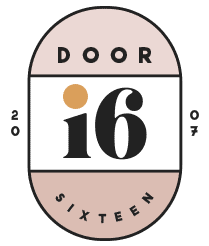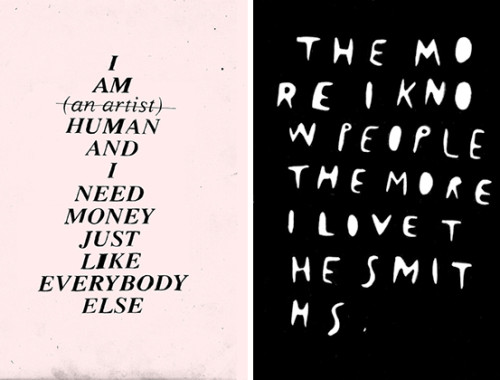Within the world of book cover design (a world I inhabit for at least 40 hours a week), Chip Kidd is both admired and despised (I suspect that a lot of the animosity comes from a secret jealousy that we less-famous book cover designers don’t like to admit to or talk about). There is no disputing, though, that he is by far the most famous, the most rockstar of us all. Book cover design isn’t one of those things you just do here and there on a whim—most people I know who work in the field started out there, and will spend the majority of the duration of their careers there, too. This is especially true for those of us who, like Kidd, work in-house for a publishing company. A book cover designer doesn’t wake up one day and decide to start doing corporate identity packages at an ad agency (or, for that matter, book interiors—that’s a whole different world). I know people who have tried to leave the field, but they always come back eventually.
I think the next step for graphic designers is to figure out how to meaningfully generate their own content. That’s what I’ve found that I have been doing, and want to continue to do. Whether it’s a book, or whether it’s music, or a film, or whatever; I think it’s the natural growth, rather than just strictly working for a client all the time.
Kidd is really on to something with the above quote, and his point absolutely applies to every person working in the field of graphic design, regardless of their field of focus. Working in a creative position within a larger corporate environment can be difficult for a person who is visually expressive by nature. The further you get from the creative freedom of your college years, the more you become entirely directed towards satisfying an outside demand (whether it be from a publisher, and art director, or an author). I don’t think this is a simple as defining “Art” as a separate thing from “Design”; I think it’s about nurturing a part of yourself that will eventually die off completely unless you figure out how to generate that original content he’s talking about, even if it’s just for yourself. I know many, many graphic designers who have struggled with this idea for years.
Chip Kidd also has a FABULOUS apartment, which you can see some of in the video. He’s an avid collector of Batman and other comic book-related ephemera, and he definitely knows how to display that collection in a way that is both sophisticated and accessible. The New York Times ran a great article on Kidd and his home a couple of years ago. The Eileen Gray chairs are to die for, right?


By the way, my apologies to those who are seeing this post for a second time today (albeit in a different form). Technical difficulties and further thought required a total reposting!




